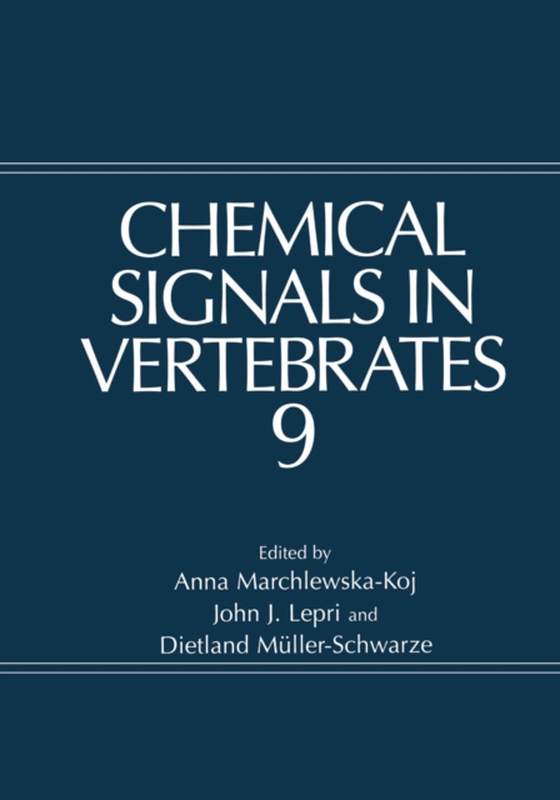
Chemical Signals in Vertebrates 9 e-bog
2190,77 DKK
(inkl. moms 2738,46 DKK)
It is generally accepted that the recent progress in molecular and cellular biology would not have been possible without an understanding of the mechanisms and signaling pathways of communication inside the cell and between various cells of the animal organism. In fact a similar progress occurred in the field of chemical communication between individual organisms of vertebrate species, and this...
E-bog
2190,77 DKK
Forlag
Springer
Udgivet
6 december 2012
Genrer
Ecological science, the Biosphere
Sprog
English
Format
pdf
Beskyttelse
LCP
ISBN
9781461506713
It is generally accepted that the recent progress in molecular and cellular biology would not have been possible without an understanding of the mechanisms and signaling pathways of communication inside the cell and between various cells of the animal organism. In fact a similar progress occurred in the field of chemical communication between individual organisms of vertebrate species, and this volume is aimed at presenting the current state of the art on this subject. The reader can find here both original results obtained in the laboratory or field studies and comprehensive reviews summarizing many years of research. The presentations of over 60 scientists have been grouped according to their approach into nine parts covering such fields as ecological and evolutionary aspects of chemical communication, structure and neuronal mechanisms of chemosensory systems, chemical structure of pheromones and binding proteins, kin, individual and sexual recognition, predator-prey relationships, purpose and consequences of marking behavior, scent signals and reproductive processes. Expanding on former volumes of this series, entirely new chapters have been added on prenatal chemical communication describing specific effects of the intrauterine environment. In many cases a truly multidisciplinary approach was required, such as with the population analysis of polymorphic variants of the mouse's major urinary proteins that function in carrying pheromones.
 Dansk
Dansk

